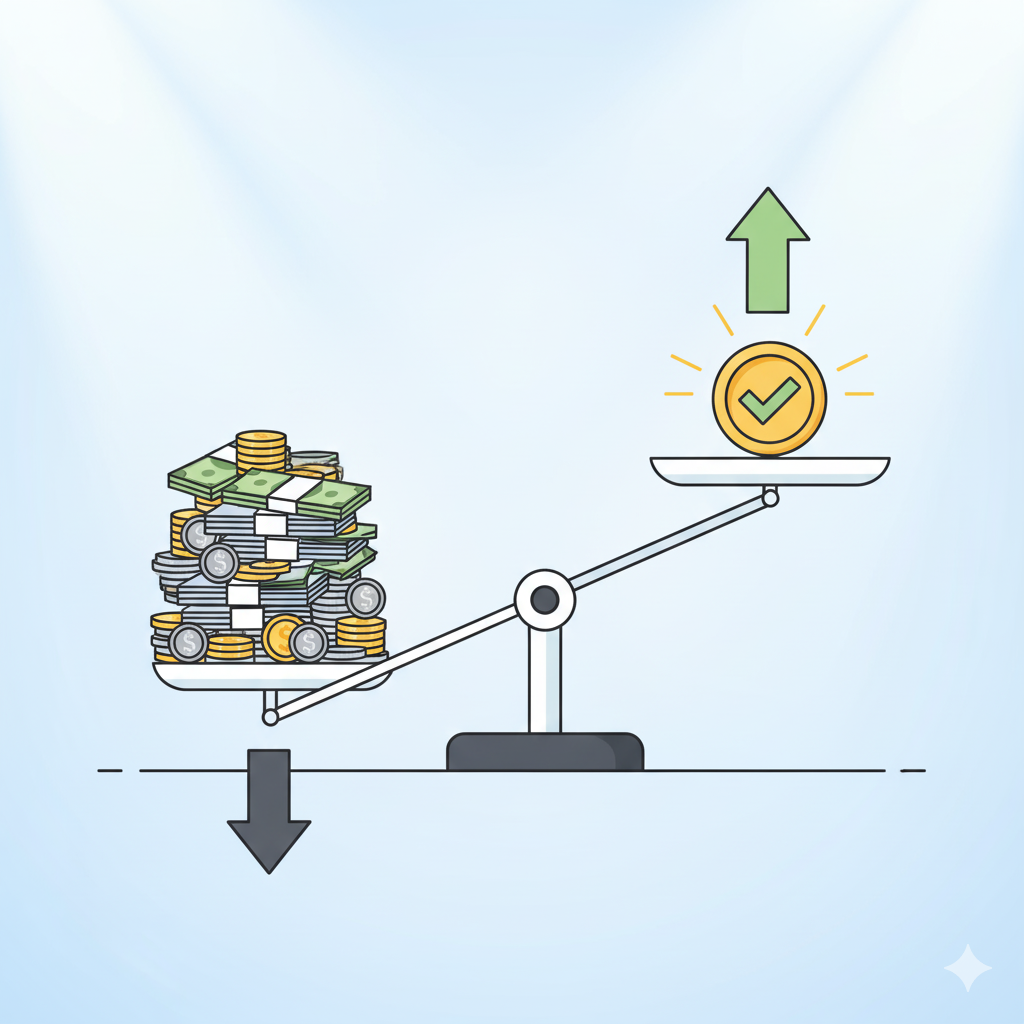Complete Guide to Debt Payoff Planning
What is Debt Payoff Planning?
Debt payoff planning is a systematic, intentional approach to reducing and eliminating debt efficiently. It goes beyond paying the minimum amounts due each month. Instead, it incorporates strategic decision-making, prioritization of debts, careful allocation of resources, and consistent tracking.
By creating a structured plan, individuals gain clarity and motivation to tackle debts in a way that reduces both stress and total interest costs. It transforms financial chaos into a roadmap toward freedom.
Key Elements of Debt Payoff Planning:
- Complete listing of debts with balances, interest rates, and minimum payments.
- Clear prioritization strategy (smallest debt first, highest interest first, etc.).
- Identification of available extra funds each month.
- Targeted plan to allocate extra funds to accelerate repayment.
- Regular tracking and review of progress.
Without a plan, debt repayment can feel overwhelming and random, often leading to missed payments, mounting interest, and prolonged financial stress.
Debt Elimination Strategies Overview
There are several debt elimination strategies. Choosing the right one depends on personal financial goals, motivation, and behavioral tendencies.
The two most widely used strategies are:
Debt Snowball Method
Focuses on paying off the smallest debt first for psychological motivation.
- Quick wins boost motivation
- Debt reduction feels faster
- May cost slightly more interest
Debt Avalanche Method
Prioritizes paying off debts with the highest interest rate first to save money.
- Mathematically optimal
- Reduces total interest
- Requires strong discipline and patience
The Debt Snowball Method Explained
The debt snowball method builds momentum by focusing on small wins. You pay off debts starting from the smallest balance, gradually moving to larger balances. This method is particularly effective for individuals who are motivated by tangible progress.

Step-by-Step Process:
- List debts from smallest to largest.
- Make minimum payments on all debts.
- Allocate extra funds to the smallest debt.
- Celebrate when the smallest debt is cleared.
- Roll the cleared debt payment into the next smallest debt.
- Repeat until all debts are eliminated.
The Debt Avalanche Method Explained
The avalanche method minimizes interest by focusing extra payments on debts with the highest interest rates first. Though initial progress may feel slower, the long-term savings can be substantial.
- Rank debts by highest to lowest interest rate.
- Pay minimum on all debts.
- Apply extra funds to the highest interest debt.
- Once paid, move to the next highest interest debt.
- Repeat until all debts are cleared.
Advanced Calculator Features
Debt calculators help visualize progress and compare strategies:
- Compare snowball vs avalanche strategies.
- Visualize payoff timelines.
- Estimate interest savings.
- Incorporate extra payments to simulate faster payoff.
- Track and adjust the plan dynamically.
Debt Consolidation Options
Debt consolidation merges multiple debts into one payment, usually with a lower interest rate. This simplifies management and can reduce monthly payments.
- Balance transfer credit cards
- Personal consolidation loans
- Home equity loans or lines of credit
- Debt management programs with credit counseling
Budgeting for Accelerated Debt Payoff
Effective budgeting helps find extra funds to pay off debt faster:
- Track all income and expenses.
- Identify discretionary spending to reduce.
- Negotiate bills and cut unnecessary subscriptions.
- Increase income through side hustles or overtime.
Psychology of Debt Elimination
Emotions play a major role. Fear, anxiety, and avoidance can hinder progress. Recognizing triggers, setting milestones, and rewarding achievements fosters motivation and consistency.
Common Debt Payoff Mistakes to Avoid
- Ignoring interest rates and focusing only on balances.
- Skipping minimum payments.
- Accumulating new debt while paying off old debt.
- Failing to adjust budget when circumstances change.
Real Success Stories
Individuals who committed to structured debt payoff often become debt-free within 2-5 years, saving thousands in interest. Stories inspire and provide practical tactics, like using snowball methods for small debts first to build momentum.
Emergency Fund Importance
An emergency fund prevents setbacks during repayment. Even $1,000 saved can cover unexpected expenses, avoiding reliance on credit cards or loans.
How Debt Payoff Impacts Credit Score
Paying down debt improves credit utilization, a key factor in credit scores. Consistent repayment and avoiding late payments strengthen credit history and increase eligibility for future loans at better rates.
When to Seek Professional Help
Credit counselors, financial planners, or debt management services are useful for complex debt situations, bankruptcy consideration, or high-interest consolidation. Professionals provide personalized plans and negotiate with creditors if needed.
Frequently Asked Questions
- Q: Can I use both snowball and avalanche methods together?
A: Yes, some people combine methods—starting with snowball for small debts and switching to avalanche for high-interest debts for savings. - Q: How much extra should I pay monthly?
A: Any extra amount accelerates payoff. Even $50–$100 monthly compounds over time. - Q: Should I consolidate debt?
A: If you can get lower interest and simplify payments, consolidation can help, but beware of fees and extended terms. - Q: How long does it take to become debt-free?
A: Depends on total debt, monthly payments, interest rates, and consistency. Typically 2–5 years for moderate debt.